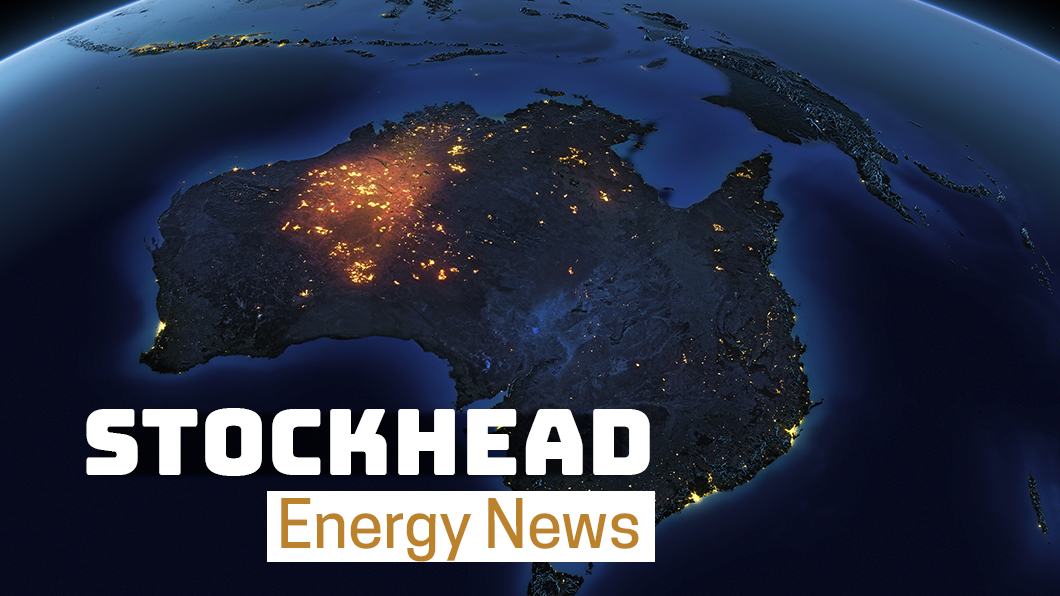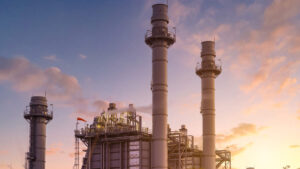Asia Pacific oil and gas merger and acquisition down 90%

Pic: Matthias Kulka / The Image Bank via Getty Images
This year has been a tough one for people and companies globally and it seems that transactions for the oil and gas exploration and production (upstream) sector in the Asia Pacific region have also been impacted.
Wood Mackenzie says 2020 is on track to be quietest year for upstream transactions since the beginning of the 21st century with just $US426m worth of assets changing hands as of mid-November.
This is down over 90 per cent from the $US5.1bn transacted in 2019 and reflects the global impact that the COVID 19 pandemic has had on upstream merger and acquisition activity as operators focus on resilience and long-term strategic planning.
“Never before has the upstream industry been challenged to this extent. The combination of the oil price crash, Covid-19 and rising pressure to comply with ESG standards have created the perfect storm in the upstream industry,” Woodmac principal analyst Alay Patel said.
Oil and gas M&A activity to rebound
However, with strategic repositioning underway in the face of energy transition, this situation is expected to change.
“This means we can expect deal activity to bounce back over the next 12 months as buyer-seller price expectations converge, and the recent uptick in global M&A driven by consolidation of North American players spills over to divestment of non-core Asia Pacific assets,” Patel added.
Earlier this week, Woodmac had noted that oil and gas independents could face increasing pressure to consolidate due to the energy transition.
The global resources consultancy estimates that around US$12 billion of upstream oil and gas assets are in the market or rumoured to be for sale/farm down across Asia Pacific.
Portfolio rationalisation, financial deleveraging and decarbonisation in preparation for the energy transition are key drivers of these divestments.
Most of the assets are being put up for sale by major and large cap international, a trend that Woodmac says has accelerated since the oil price crash in the first quarter.
Over half of the opportunities come from Australia and New Zealand with liquefied natural gas accounting for almost 60 per cent of the 5.8 million barrels of oil equivalent on offer.
“We look further ahead towards potential farm downs or future candidates for divestment, we assess a further US$26 billion of assets could come to the market as corporate strategies evolve,” Woodmac research director Andrew Harwood said.
“The big question on the minds of many market watchers is who will step up to acquire the many assets coming to the market.”
Transactions are expected to be driven by Asian national oil companies, regional specialists and infrastructure funds.
Private equity backed buyers could also make acquisitions in the region as they adapt their strategies to the new upstream oil and gas outlook.
Related Topics

UNLOCK INSIGHTS
Discover the untold stories of emerging ASX stocks.
Daily news and expert analysis, it's free to subscribe.
By proceeding, you confirm you understand that we handle personal information in accordance with our Privacy Policy.








